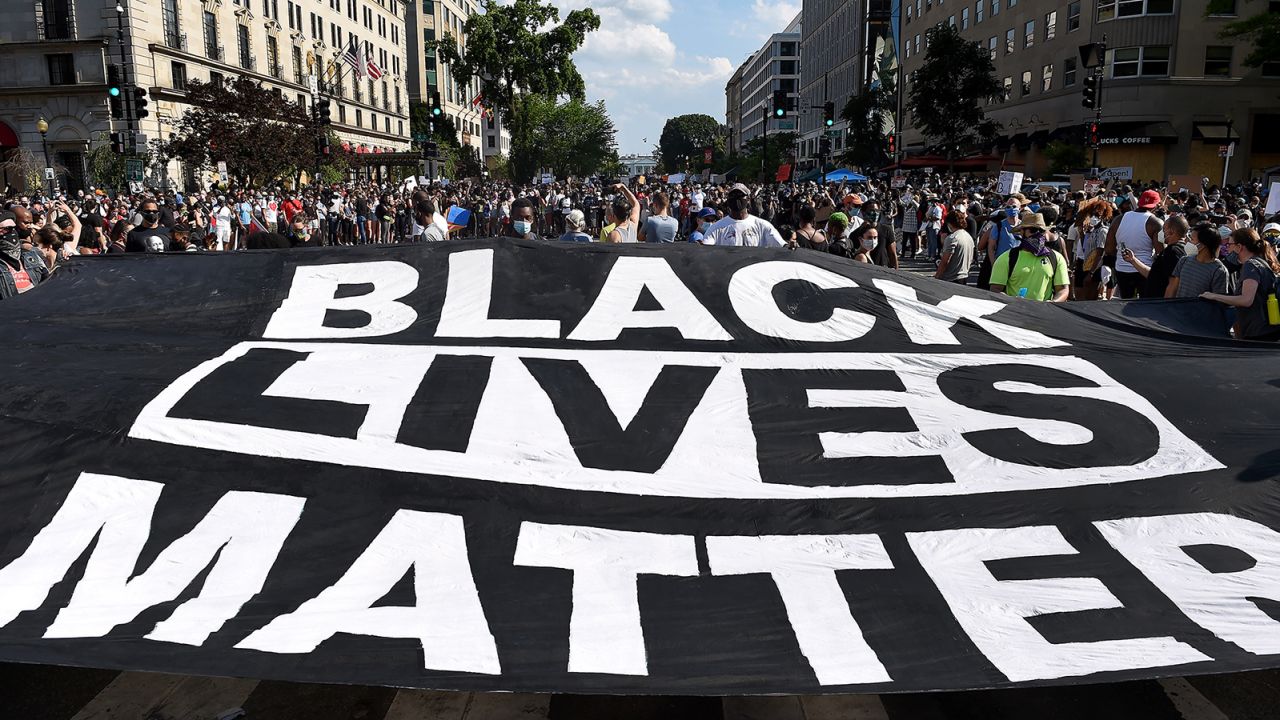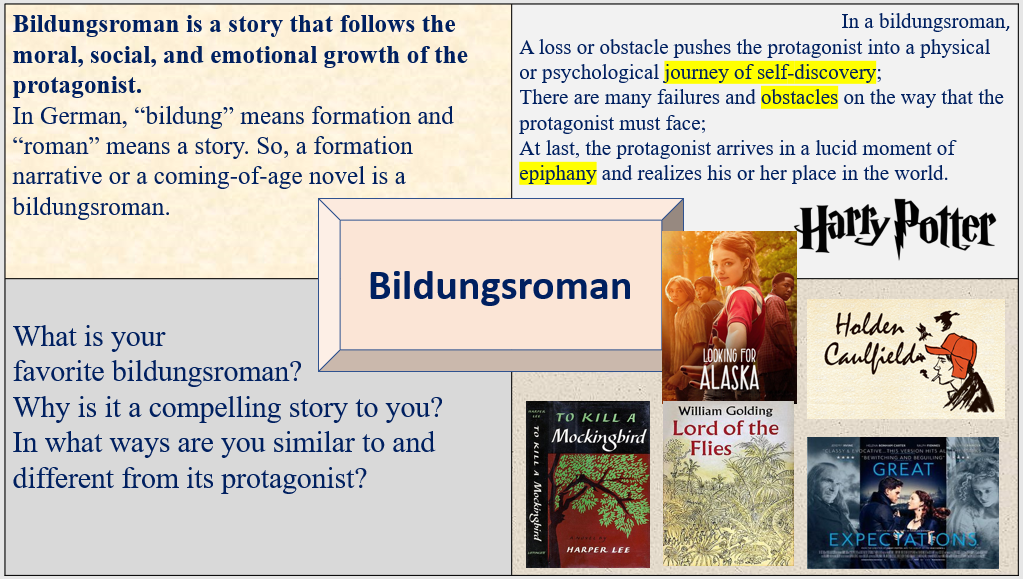Primary Text:
Diaz, N. (2019). Color Me In. New York, NY: Delacorte Press.
Accolades:
Best Young Adult Fiction Book in English at the 2020 International Latino Book Awards
Books by the Same Author:
Diaz, N. (2021). "Caution Song." in S. Fennel (Ed.) Wild Tongues Can't Be Tamed: 15 Voices from the Latinx
Diaspora. Flatiron Books.
Natasha Diaz
|
|
Color Me In (2019)
|



